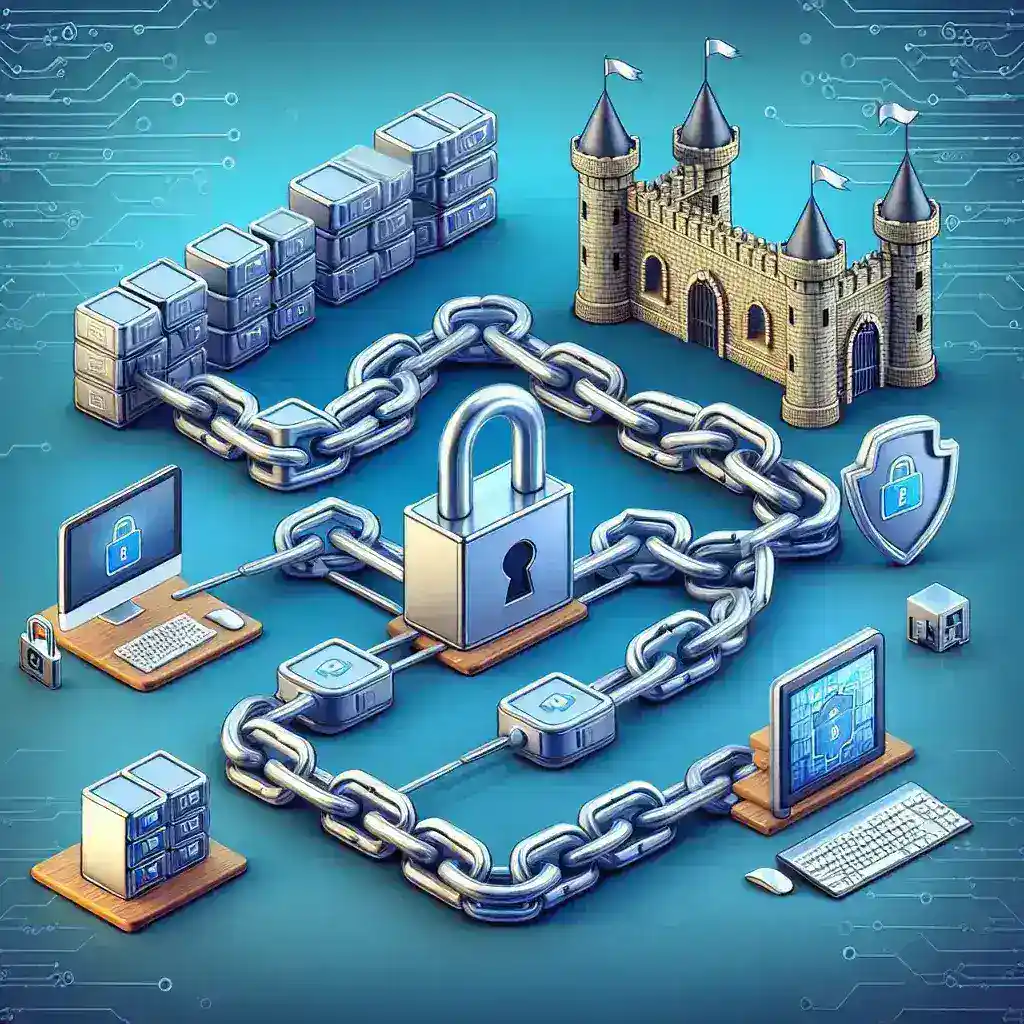Introduction to Blockchain Technology
Blockchain is a groundbreaking technology that provides a secure and transparent method for storing and managing data. By leveraging a distributed ledger, it allows multiple parties to access and verify information without relying on a central authority. This feature makes blockchain particularly advantageous for maintaining data integrity across various industries.
What is Data Integrity?
Data integrity refers to the accuracy, consistency, and reliability of data throughout its lifecycle. It ensures that data remains accurate and complete while safeguarding it from unauthorized alterations. In today’s digital era, where vast amounts of data are generated daily, ensuring data integrity is critical for organizations to maintain trust and functionality.
How Blockchain Ensures Data Integrity
1. Decentralization
A core advantage of blockchain technology is decentralization. Traditional systems often depend on a single central server, which can be vulnerable to hacking and tampering. Blockchain, on the other hand, distributes copies of data across a network of nodes, significantly reducing risks. Every participant in the network can independently verify the data, ensuring higher levels of security and trust.
2. Immutability
Data entered into a blockchain cannot be altered or deleted without the consensus of the entire network. This immutability is a key factor in preserving data integrity, as it guarantees that historical records remain secure, unchangeable, and transparent.
3. Transparency
Blockchain provides unparalleled transparency by granting all participants real-time access to the same data. This shared visibility builds trust among stakeholders and simplifies auditing processes, as any discrepancies can be quickly detected and resolved.
Applications of Blockchain for Data Integrity
1. Supply Chain Management
In supply chain management, tracking the origin and movement of goods is essential. Blockchain creates an immutable record of every transaction, ensuring that information about product origins, handling, and transfers remains accurate and verifiable.
2. Healthcare
In the healthcare sector, patient records must remain confidential yet accessible to authorized individuals. Blockchain ensures secure storage of medical data, preventing unauthorized alterations or access. This enhances both patient privacy and safety.
3. Financial Services
Financial transactions demand high levels of precision and security. Blockchain’s decentralized ledger enables real-time verification of transactions, reducing the likelihood of fraud and errors. This ensures accurate and trustworthy financial operations.
Challenges and Future Considerations
Despite its potential, blockchain faces challenges that need resolution before widespread adoption. Issues such as scalability, energy consumption, and regulatory compliance remain significant hurdles. However, ongoing advancements in blockchain research aim to address these limitations, paving the way for its broader application as a tool for maintaining data integrity.
Conclusion
Blockchain technology offers a robust solution for ensuring data integrity through its decentralized, immutable, and transparent nature. As the importance of secure and reliable data continues to grow, adopting blockchain can help organizations enhance trust and accountability in their operations, fostering a more secure digital landscape for the future.

Leave a Reply